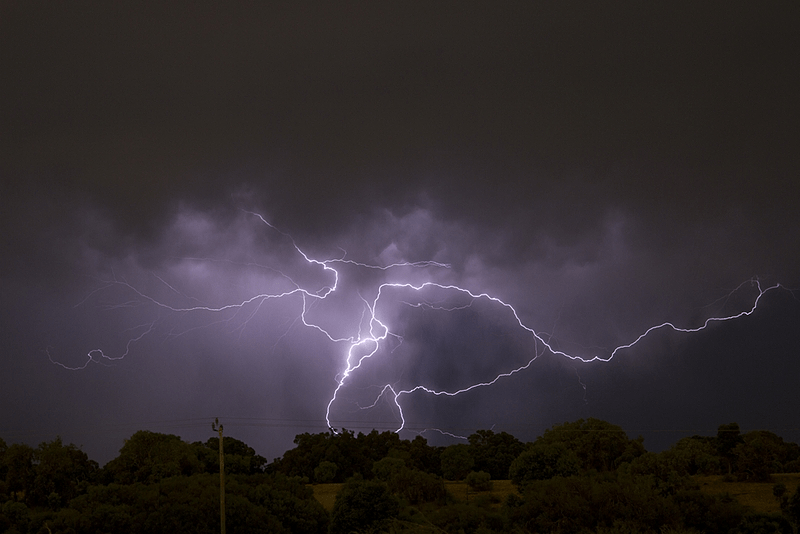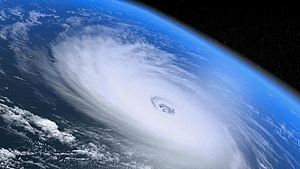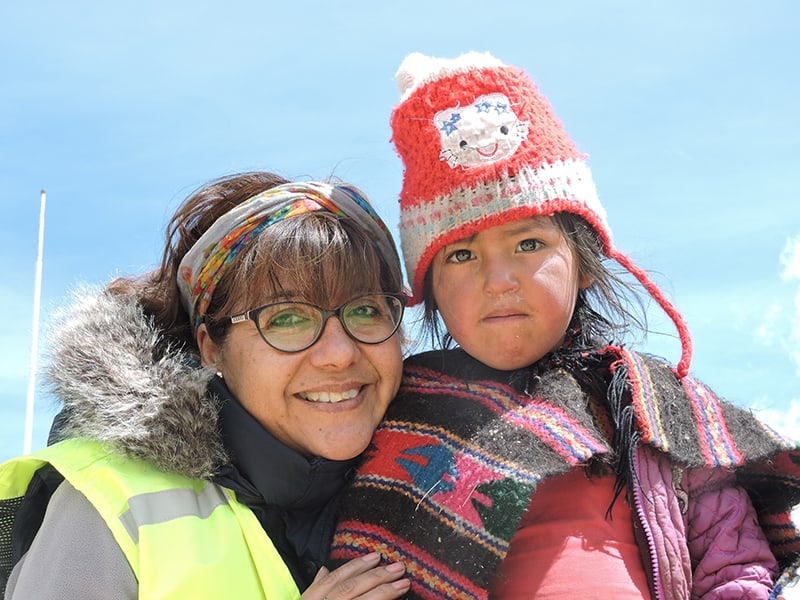Does weather affect HF radio signals?
Does weather affect HF radio signals?
Regardless of where you are establishing a communications network, there are a number of considerations to make when using different types of equipment. Various factors affect the different types of communications that are suitable, with weather being of particular concern to many organisations.
There are several things at play when gauging the impact of environmental conditions on a communications network, so let’s take a closer look at the effect of weather on HF radio.

Understanding the solar cycle
Leaving aside the more observable weather conditions for now, it’s important to note that HF communications are especially affected by the 11-year solar cycle. HF radio works by refracting radio waves through the ionosphere, which can be disrupted by the level of the radiation and flares the sun gives off.
During peaks of the solar cycle, the ionosphere becomes increasingly ionised by solar photons and cosmic rays, affecting the propagation of radio waves that can either facilitate or hinder communications. Changes in solar output affect the maximum usable frequency, which is a limit on the highest frequency usable for communications.
To counter these effects, there are various software tools that users of HF communications are able to use to allocate the most suitable frequencies for the correct time of day – taking the solar cycle events into consideration. Barrett Communications has the expertise to assist organisations with this, providing the best useable frequencies for a customer’s operational location.

HF radio in more severe weather conditions
Given that many users of HF radio – for military communications or humanitarian needs, for example – operate in extreme environments, there may be more than just rain to contend with. Stormy conditions, as can be expected at certain times of year in tropical zones, can lead to increased background noise on radio networks due to static caused by lightning.
This atmospheric noise caused by thunderstorms is a major contributing to radio noise in the HF band (1.6MHz-30MHz), and can especially degrade circuits passing through the ‘day-night terminator’. Atmospheric noise is greatest in the equatorial regions of the world and decreases with increasing latitude. Its effect is also greater on lower frequencies; hence it is usually more of a problem around solar minimum and at night when lower frequencies are needed.
In severe stormy conditions, this impact of atmospheric noise can potentially drown out the transmitted signal, making the received signal unreadable regardless of frequency selection or the effectiveness of the technology within the radio for filtering noise on a transmitted signal.
There’s clearly a lot to consider when deploying a radio network in an area with inclement weather. For more advice, or to learn about our HF radio solutions, speak to the team at Barrett Communications today.








Pingback: Are radio communications affected by climate change? - Barrett Communications